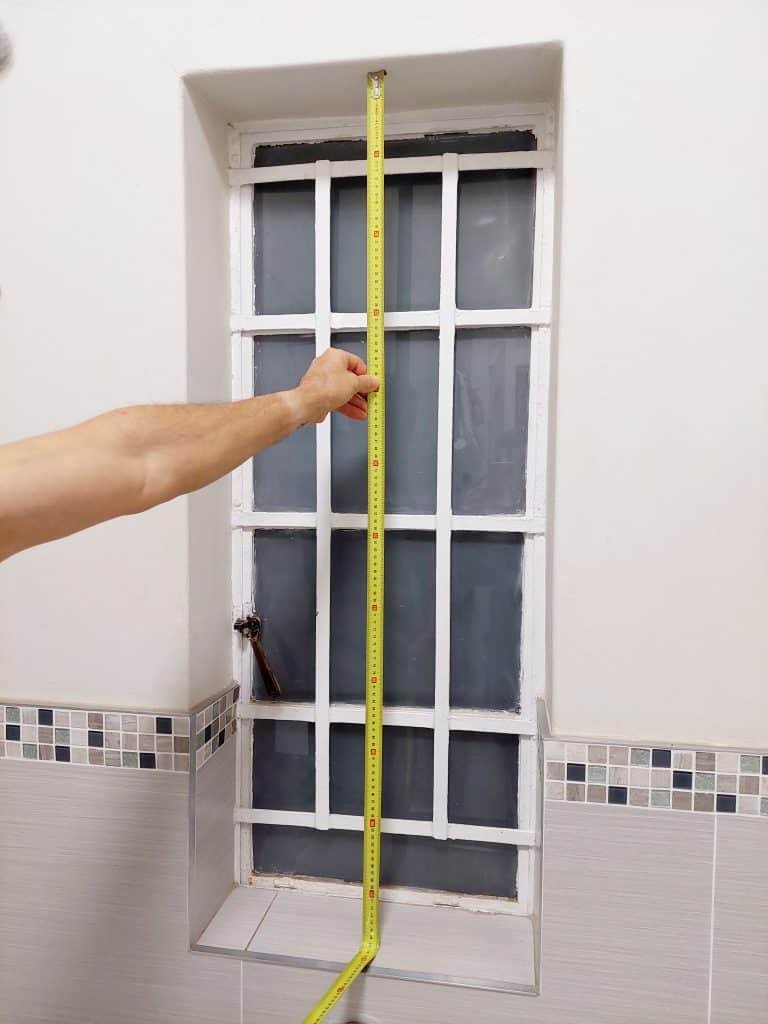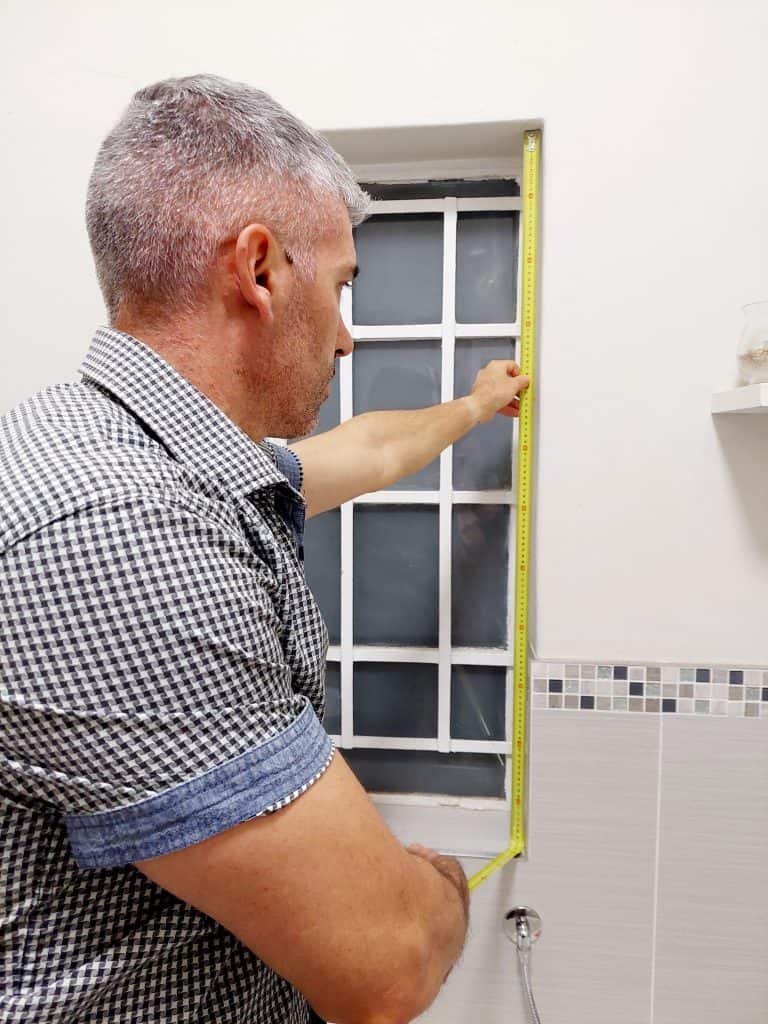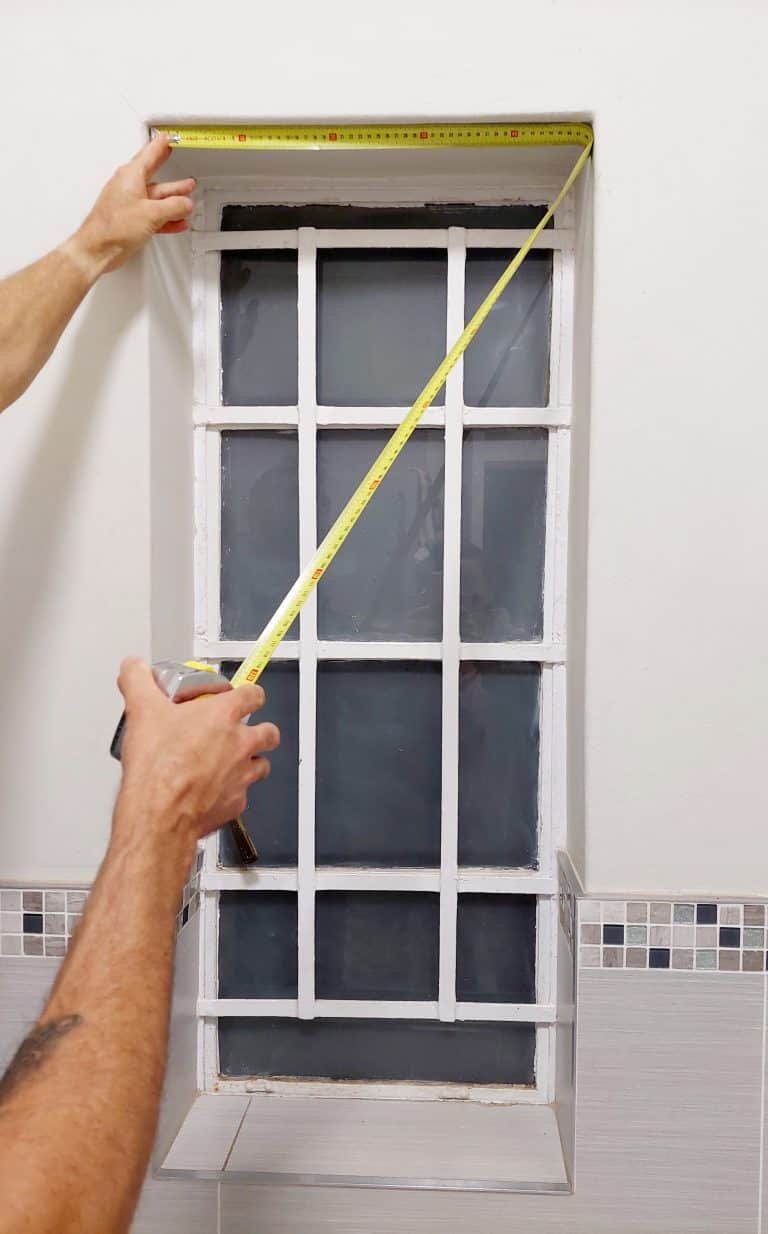





It was such a pleasure working with Ambia Blinds.
Setting up an appointment for a quotation was quick and easy. We had so many great options to choose from in different price ranges. We were really spoiled for choice.
Andrew was so helpful and patient with us and went above and beyond to make sure we were happy. Thank you to both Andrew and Liana for your great service. It was so lovely dealing with you.